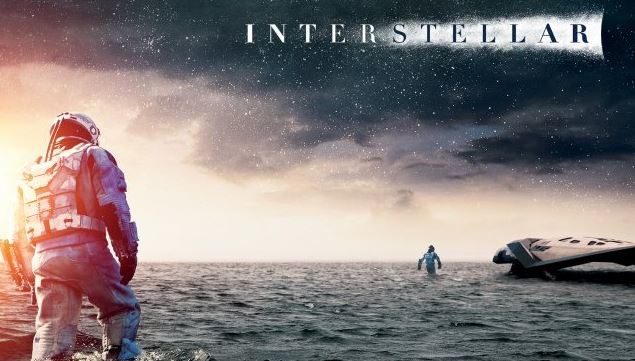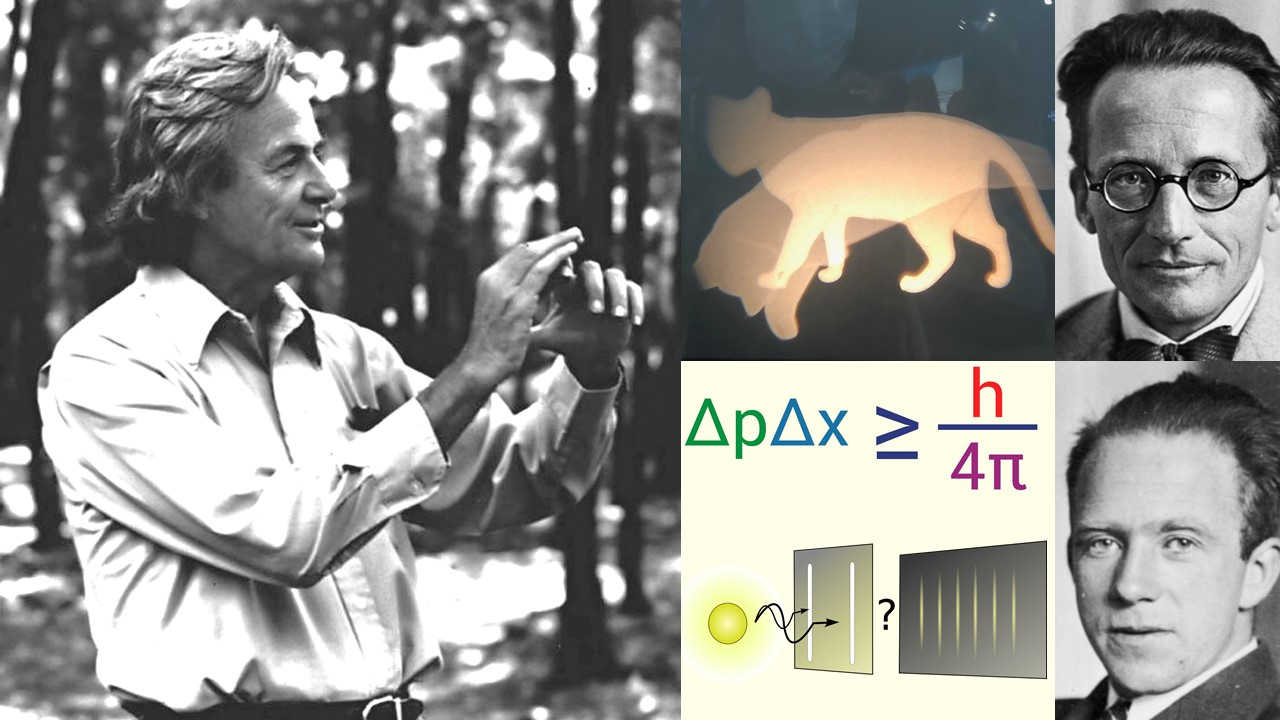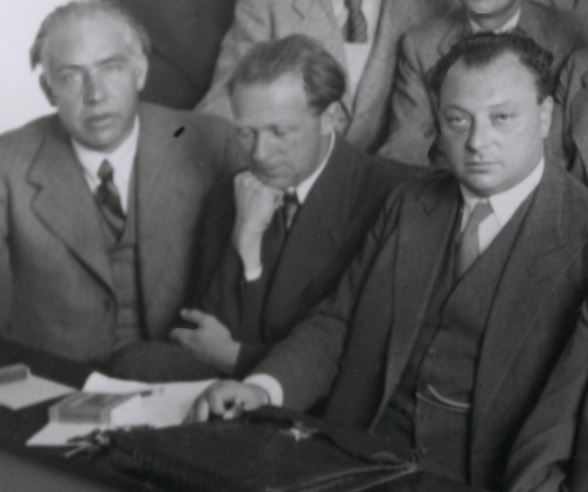
Kip Thorne is a celebrated American theoretical physicist who won the Nobel Prize in 2017 for his role in the detection of gravitational waves. He is also well known outside the realm of physics as Thorne is a man of many talents.
Born in 1940, Thorne grew up in a highly academic environment. His father was a professor of soil chemistry and his mother was a famous economist. Although his upbringing was in the Latter-day Saints faith, Thorne became an atheist later on.
When Kip was 8 years old, he attended a children's lecture on solar system and fell in love with astronomy. He wanted to uncover the secret of the stars (and so he did). Following are 10 facts related to Kip Thorne that will blow your mind.
1. Thorne received his bachelor of science degree from Caltech and his PhD from Princeton University. He was ONLY 30 years old when he joined Caltech as one of the youngest Professors in the institute's history.
2. Thorne is remembered by his students as someone with the ability to make a mundane topic exciting and fun to learn. In his illustrious academic career, Thorne has assisted at least 50 physicists in obtaining their Ph.D. at Caltech.
3. Thorne was trained under John Wheeler, renowned physicist who coined the term black hole. Thorne was among the first scientists to research on black holes, time travel and worm holes. He accurately predicted that red supergiant stars existed.
4. Thorne was friends with Stephen Hawking and Carl Sagan. In the movie The Theory of Everything, Thorne was played by actor Enzo Cilenti. Thorne had contributed ideas on wormhole travel to Carl Sagan for use in his novel, Contact.
5. The story of record breaking movie Interstellar (2014) was conceived by producer Lynda Obst and physicist Kip Thorne. Thorne acted as an executive producer and scientific consultant on the film. He also wrote a book explaining the science of Interstellar.

6. Not only Interstellar, Kip also helped Nolan for the movie Tenet on the ideas of quantum physics and time. Christopher Nolan said in an interview: I've been very inspired by working with great scientists like Kip Thorne.
7. Thorne has also acted. He appeared in The Big Bang Theory when the Coopers are trying to get some Nobel winners on their side to counter their rivals. Kip breaks Sheldon's heart by refusing his gift (or bribe) but it was a fun collaboration nonetheless.
8. Kip loves to write. He even resigned from his position at Caltech to pursue a career in writing and making movies for the big screen. Thorne is the winner of Phi Beta Kappa Science Writing Award, one of the most prestigious recognitions in America.
9. Thorne also became a Nobel laureate, the highest honor in physics, for decisive contributions to the LIGO detector and the observation of gravitational waves, an extraordinary journey of over 30 years of work, displaying incredible persistence.
10. Not proven yet, but Thorne has a theory that predicts the existence of a universally anti-gravitating matter, the element which is causing the universe to expand at accelerated rate and might make warp drive and worm hole travel a possibility.





















 Physics, astronomy and science history blog for students
Physics, astronomy and science history blog for students